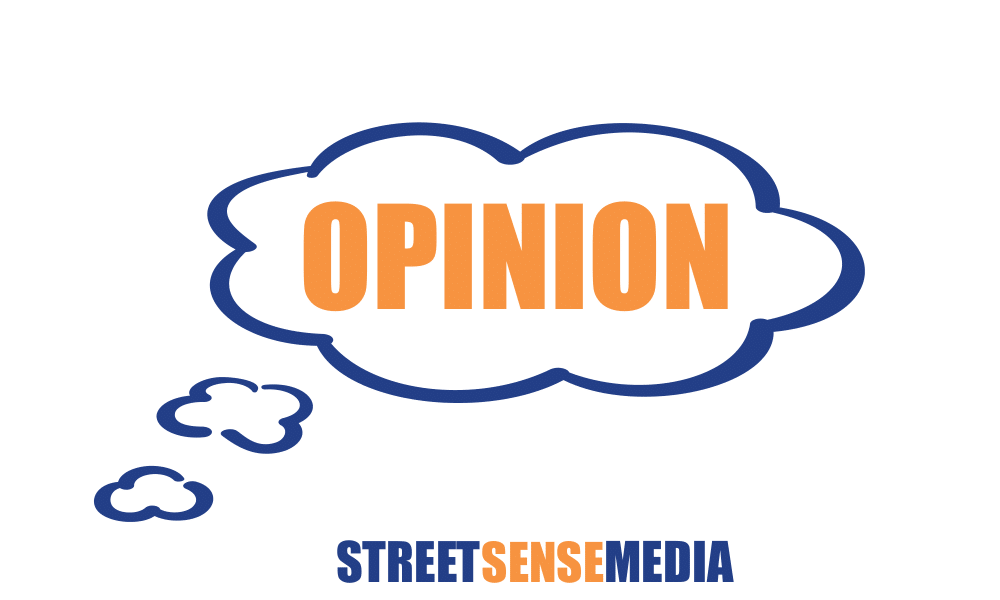The international sections of major U.S. newspapers are filled with stories of human rights abuses in Sudan, Rwanda and other faraway countries. Readers are frequently appalled by these accounts of malnutrition and hunger, unsafe living conditions and daily struggles to survive. But what many of those readers fail to realize is that human rights abuses are not just a third world phenomenon – in fact, they occur regularly in American cities, on our own neighborhoods and streets.
There is an epidemic of homelessness in the United States that affects 3.5 million people each year. Millions more Americans live in unsafe, inadequate housing. These are significant human rights concerns, and they should be given the same attention on the domestic political agenda that the United States gives to human rights abuses in the realm of foreign policy. U.S. housing advocates also should explore a human rights approach to battling homelessness, as this tactic could help reframe the current debate about poverty in America.
The human right to housing is articulated or implied in many international agreements. The Universal Declaration of Human Rights, adopted in 1948, was the human rights standard to recognize housing rights. The right to housing is most strongly stated in the International Covenant on Economic, Social and Cultural Rights (ICESCR); the United States has not ratified the ICESCR but is a signatory to it. The United States has ratified the International Convention on the Elimination of All Forms of Racial Discrimination and the International Convention Relating to the Status of Refugees, both of which safeguard the right to housing. The United States has yet to ratify the International Convention on the Rights of the Child and the International Convention on the Elimination of All Forms of Discrimination Against Women, which also specify housing rights.
International human rights law specifies seven core components of adequate housing, which include affordability, habitability and location. Affordability means that housing must not be so costly that people are left without sufficient funds to satisfy other basic needs, such as food. Habitability is the right of individuals to live in a secure environment, safe from domestic violence and other threats. Location indicates that the placement of housing must allow residents access to social facilities such as health care, employment and schools.
Casting U.S. housing problems could fundamentally affect political discourse over social issues. As Gay McDougall writes in The American Prospect’s October 2004 Special Report on U.S. Human Rights, “The still unmet needs of the civil-rights struggle today are primarily about economic and social needs… Placing these issues within an international human rights framework would allow them to be seen… as falling squarely within the category of rights- a profound difference from the way they are widely perceived in America today.” In other words, it is far more powerful to characterize a homeless person as one whose rights are being violated rather than someone who is merely “needy.”
A human rights framework would also enable housing advocates to adopt a solution-based approach that begins with government responsibility. Cass Sunstein argues in the same report that “By codifying the obligation of governments to ensure economic, social and cultural rights, human rights set forth a progressive alternative to the ‘up-by-your-bootstraps’ approach to eliminating poverty hat now dominates U.S. policy.”
Framing housing issues as human rights problems could unite diverse and sometimes competing advocacy groups. Groups fighting hunger, homelessness and other injustices often squabble over scarce resources rather than maximize opportunities to work together. A human rights approach would help these groups adopt a common language and emphasize that their efforts and goals are part of one international struggle to satisfy basic human needs.
To begin the reframing process, housing advocates could lobby to incorporate human rights language into domestic law. For example, several city councils in California have passed resolutions adopting the Universal Declaration of Human Rights and the International Covenant for Economic, Social and Cultural Rights. Advocates also could incorporate more human rights language into their existing work – for example, into an organization’s brochures, website, educational materials, and media and coalition efforts. More fundamental changes in advocacy structure might flow from these relatively superficial changes. Housing organizations, for example, could lobby against arbitrary funding cuts or structural changes for Section 8, Medicaid or other social programs by challenging budgetary priorities on human rights grounds, calling on the government to be accountable to internationally accepted moral standards.
The United States has contributed greatly to the human rights movement. As John Shattuck writes in The American Prospect, “The drafting of the Universal Declaration of Human Rights by the fledgling United Nations under the prodding of Eleanor Roosevelt launched the modern era of human rights advocacy.” AS the world’s wealthiest and most powerful country, the United States has a responsibility to lead the international community in respect for human rights. Our influence is immense and far-reaching. Let’s use it wisely.
Laura is a volunteer for Street Sense and is an advocate on hunger issues.







